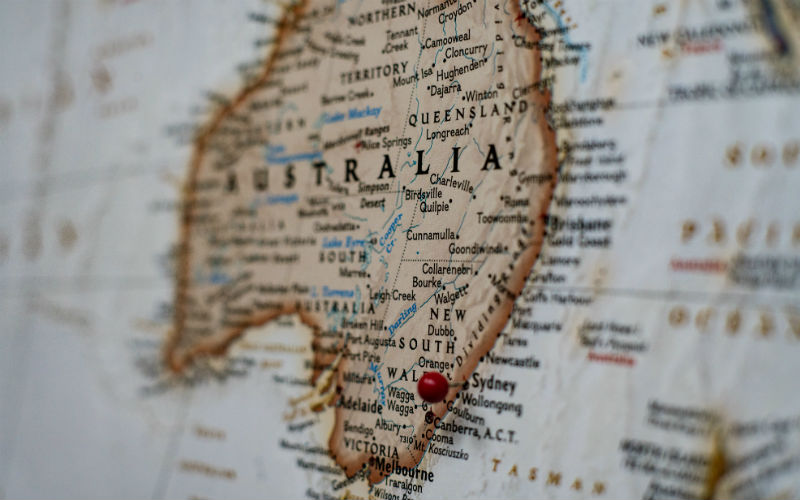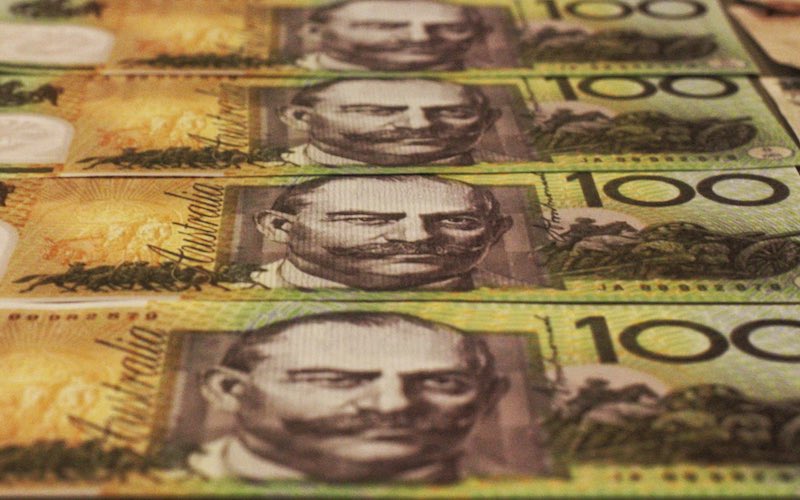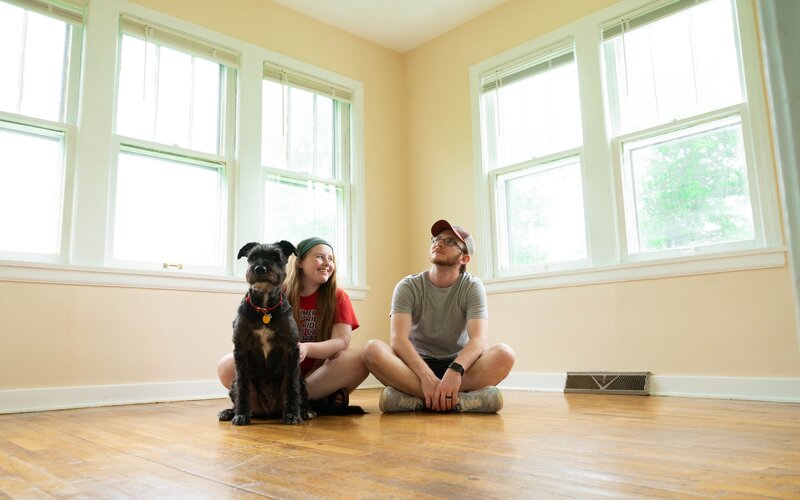This marks the fourth consecutive quarterly decline in household savings ratio, as household spending continues to outpace the growth in household income.
“The household savings ratio continued to decline this quarter, moving towards pre COVID-19 pandemic levels,” said Sean Crick, ABS Head of National Accounts.
“Higher levels of spending and increases in interest payable on dwellings (36.0%) detracted from household saving compared to the June quarter.”
The ABS noted the strength in compensation for employees increased 3.2% - the highest quarterly rise recorded since December quarter 2006.
Over the same period, household spending rose 1.1% driven by spending on hotels, cafes, restaurants, transport services, and purchases of vehicles.
"Households continued to increase spending on domestic and international travel as COVID-19 travel restrictions continued to ease,” Mr Crick said.
“Spending on new vehicle purchases increased as international supply chain constraints eased, enabling an increase in vehicle imports.”
This comes as new data from the Federal Chamber of Automotive Industries revealed a total of 95,080 vehicles were sold in November, representing a 17.9% increase on the same month in 2021.
Spending on hotels, cafes, and restaurants has exceeded pre-pandemic levels for the past two quarters.
Partially as a result of the lift in spending, overall Gross Domestic Product (GDP) rose 0.6% in the September quarter.
However, in the RBA’s latest Monetary Policy Decision, board members noted household spending is expected to slow although “the timing and extent of the slowdown” is unknown.
What’s contributing to the downward savings trajectory?
PRD Chief Economist Dr Diaswati Mardiasmo said many households are having to dip into their savings to keep up with the rising cost of living for essential items.
“Even though our wages have grown, at an average of between 2.5-3.0%, this pales in comparison to inflation at just under 7.0%,” Dr Mardiasmo told Savings.com.au.
“In simple terms, the cost of living is an extra $100, however you only have an extra $50 in income, which doesn’t add up.
“This also doesn’t account for extra mortgage repayments due to cash rate hikes, so you have to dip into your savings to afford the extra costs or make the difficult decision of what you can go without.”
How far will household savings decline?
Prior to the Covid-19 pandemic, household savings hovered around 5% with the cash rate remaining at 1.50% before cuts were made in 2019 and 2020.
Meanwhile, household savings increased exponentially (over 20%) during the pandemic as restrictions and lockdowns reduced consumption on discretionary items.
Dr Diaswati Mardiasmo predicts household savings may go below 5.0% in the next few months.
“To be honest, it’s quite a catch 22 at the moment. On the one hand, going back to a household savings ratio of 5% means that we are going back to the pre-COVID-19 economy, which was a strong economy to begin with,” she said.
“On the flipside, it can be quite concerning to see how fast our household savings ratio has declined within the space of eight-to-nine months.
“In fact, we now only have a third of what we used to. Thus we no longer have that thick buffer for any further increases in cost of living or the cash rate.”
Image by Muzammil Soorma via Unsplash



 Denise Raward
Denise Raward


 Harry O'Sullivan
Harry O'Sullivan
 Harrison Astbury
Harrison Astbury

